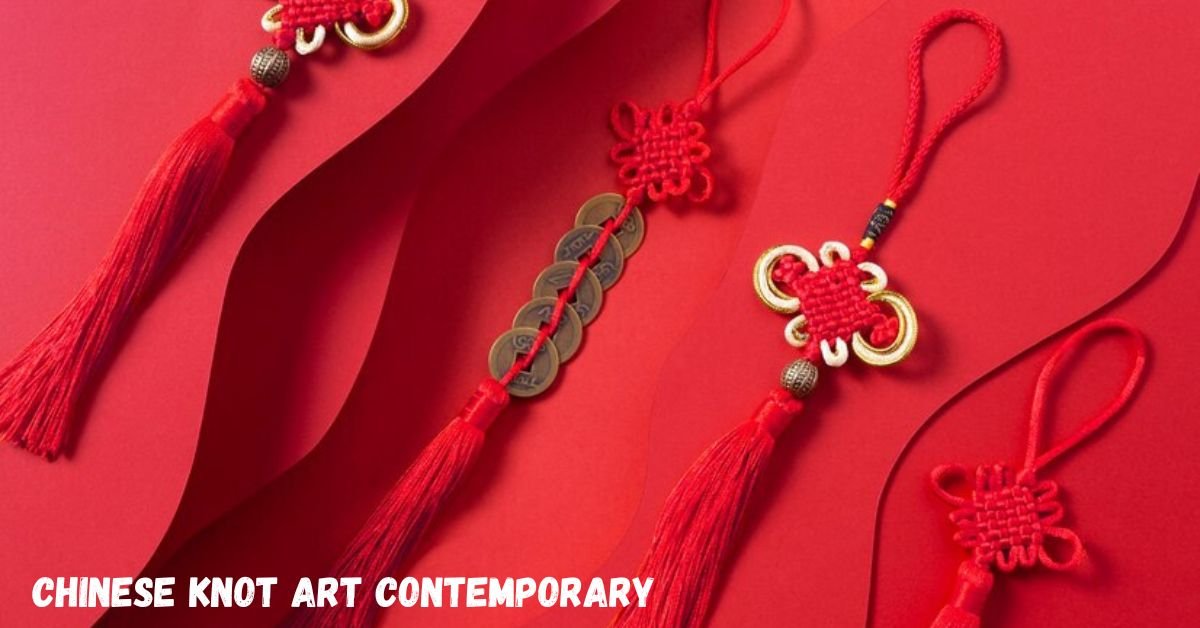Introduction
Chinese knot art, known as “zhongguo jie” (中国结), is a traditional folk craft that has been an integral part of Chinese culture for centuries. Historically, these intricate knots have served both functional and decorative purposes, symbolizing various cultural values and beliefs. In contemporary times, Chinese knot art has experienced a resurgence, evolving to incorporate modern aesthetics while preserving its rich heritage.
Historical Overview of Chinese Knot Art
The origins of Chinese knotting trace back to ancient times, with evidence of knotted designs appearing in artifacts from the Warring States period (475–221 BC). Initially, knots were used for practical purposes, such as recording information and fastening garments. Over time, they became imbued with symbolic meanings and were crafted into decorative items used in rituals, ceremonies, and as talismans to ward off evil spirits. Each knot design carries its own significance.
Contemporary Adaptations of Chinese Knot Art
In recent years, artists and designers have embraced Chinese knotting, blending traditional techniques with modern aesthetics. This fusion has led to the creation of innovative designs that appeal to contemporary tastes while honoring traditional craftsmanship.
Lydia Chen, a renowned artist, revitalizes Chinese knot art by blending traditional techniques with modern materials, creating new forms like lacquerware integration and 3D structures.
The DIY movement has also contributed to the resurgence of Chinese knotting. Enthusiasts worldwide are exploring this intricate craft, encouraged by online platforms and tutorials that make learning accessible. This global interest has led to the incorporation of Chinese knot designs in various forms of contemporary art, fashion, and home décor.
Applications in Modern Fashion and Accessories
Chinese knotting has found a prominent place in modern fashion, particularly in jewelry design. Designers are creating pieces that blend the traditional art of knotting with contemporary styles, resulting in unique accessories that carry cultural significance.
For example, Yun Boutique’s collection of Chinese Knot Jewelry beautifully captures the essence of this ancient art while infusing modern elegance. Their designs include earrings, necklaces, and bracelets that incorporate various knot patterns, each carrying its unique symbolism. Wearing these pieces carries cultural heritage, symbolizing good fortune and wisdom.
Comparison: Traditional vs. Contemporary Chinese Knot Art
To better understand the evolution of Chinese knot art, let’s compare its traditional and contemporary forms:
| Aspect | Traditional Chinese Knot Art | Contemporary Chinese Knot Art |
|---|---|---|
| Materials | Primarily silk or cotton cords, often in red to symbolize luck and prosperity. | A variety of materials, including synthetic fibers, metals, and mixed media, in diverse colors to suit modern aesthetics. |
| Techniques | Handcrafted using time-honored methods passed down through generations. | Combines traditional techniques with modern tools and technologies, such as digital design and laser cutting. |
| Designs and Motifs | Intricate patterns with deep symbolic meanings, such as the Double Coin Knot for prosperity or the Square Knot for harmony. | Innovative and abstract designs that may blend traditional motifs with contemporary themes, sometimes prioritizing aesthetic appeal over symbolic meaning. |
| Applications | Used in clothing, home décor, religious rituals, and as talismans; commonly seen in festivals and traditional ceremonies. | Now used in fashion, art, and décor, blending heritage with modern style. |
| Cultural Significance | Strong emphasis on symbolism and adherence to cultural traditions; each knot carries specific meanings and is used in appropriate contexts. |
|
The Global Influence of Chinese Knot Art
The beauty and intricacy of Chinese knot art have transcended cultural boundaries, inspiring artists and designers worldwide. Contemporary artists have embraced these knots, blending traditional techniques with modern aesthetics. The DIY movement has further fueled interest in knot-making, encouraging new generations to learn and appreciate this intricate craft. Online platforms and tutorials have made it easier for enthusiasts worldwide to explore the art of Chinese knotting.
Conclusion
Chinese knot art stands as a testament to the enduring appeal of traditional crafts in contemporary society. Evolving from a tool to art and modern design, Chinese knot art stays timeless, vibrant, and culturally meaningful.

